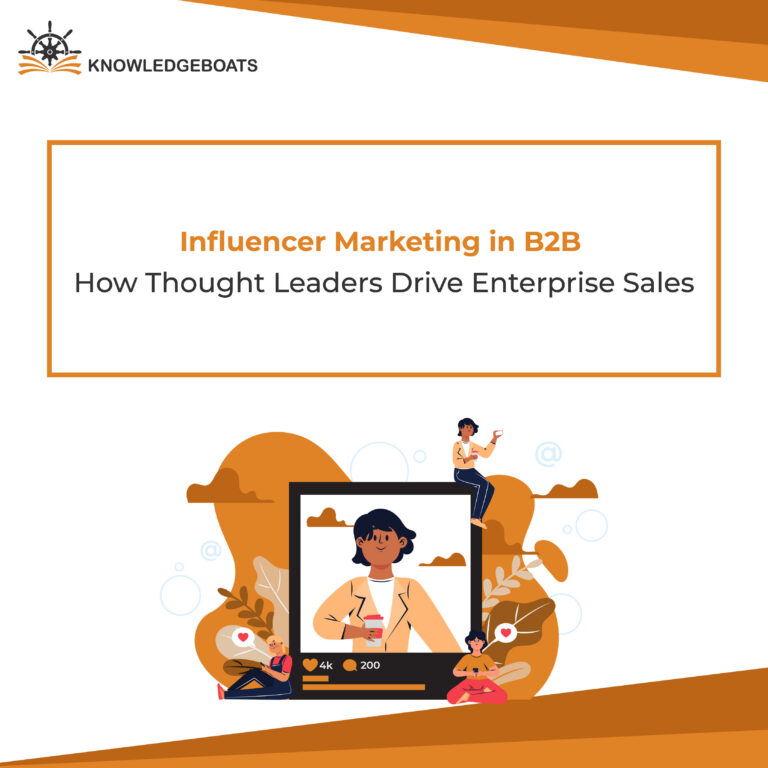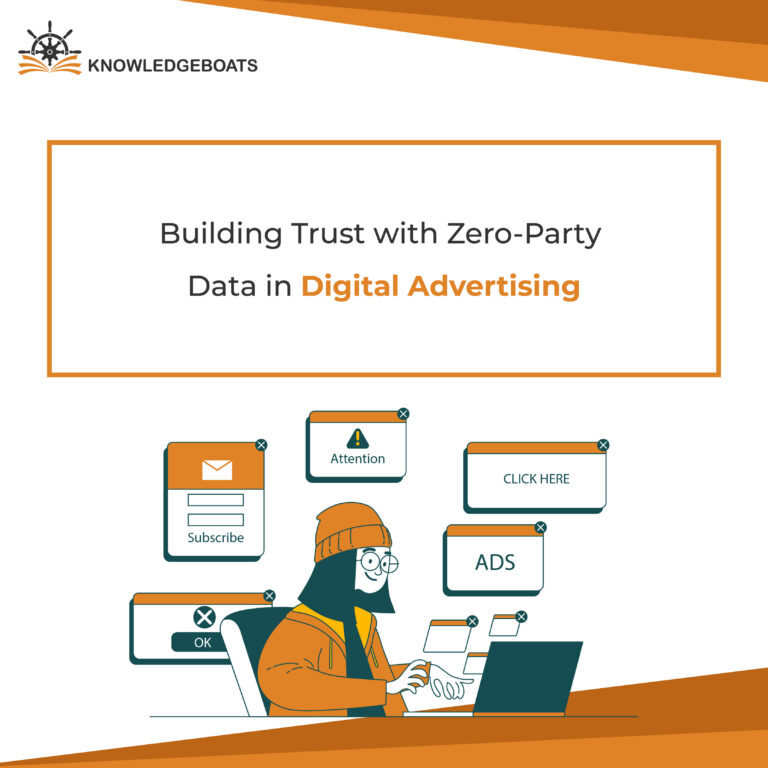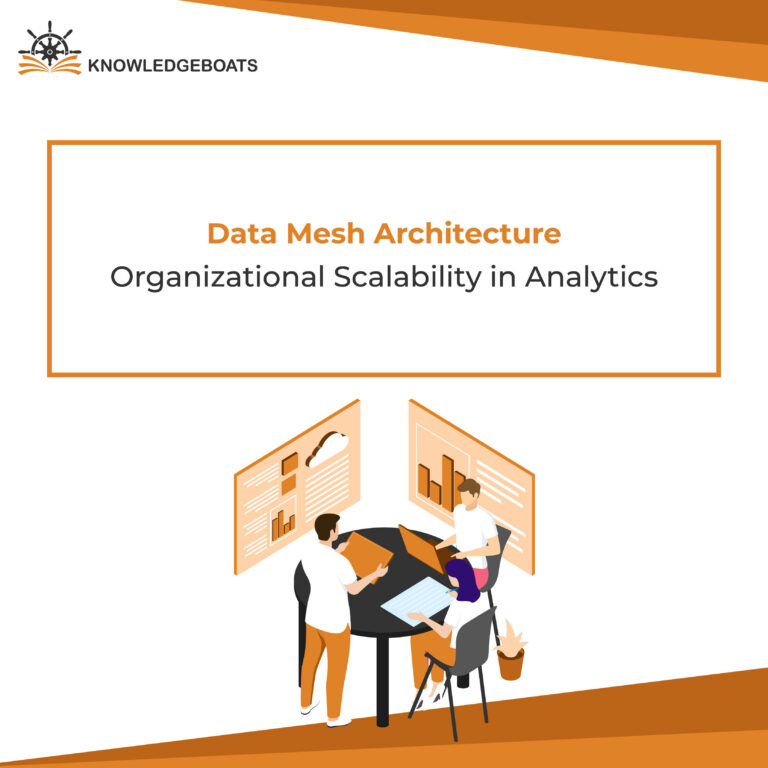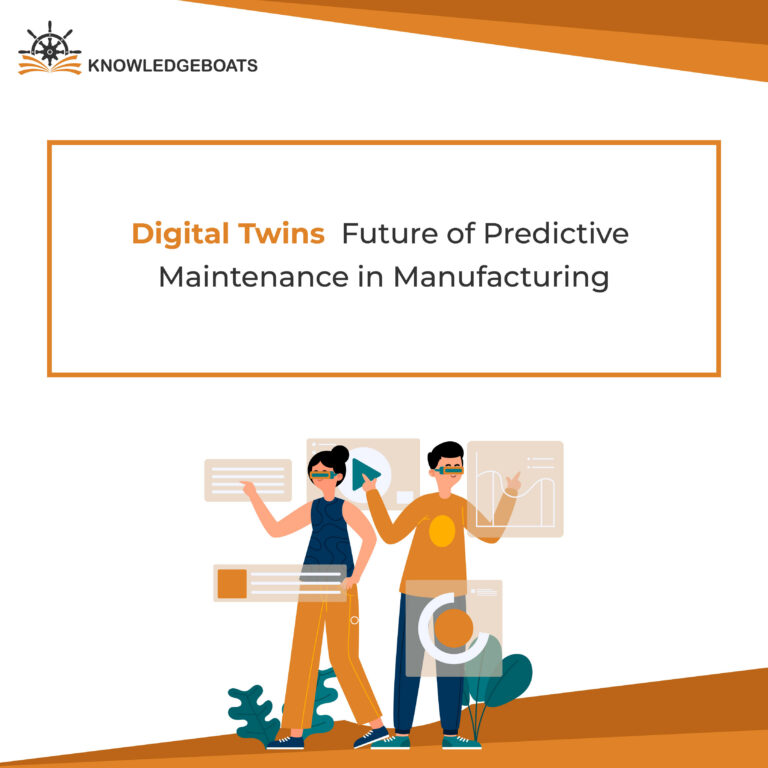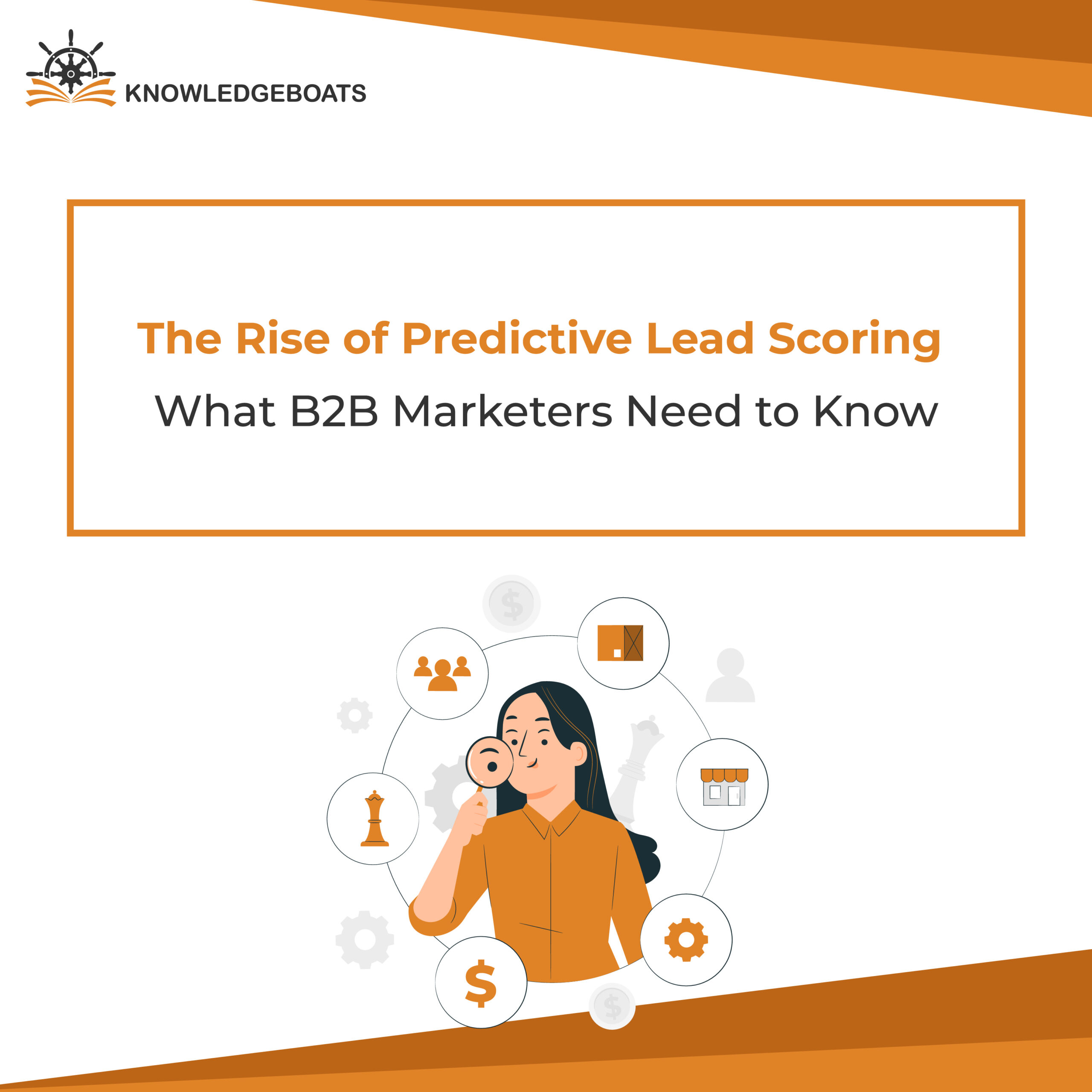
B2B marketers often feel like detectives. We’re constantly sifting through clues, trying to figure out which leads are genuinely hot, which are just lukewarm, and which are, well, frankly, just wasting our sales team’s precious time. For years, we’ve relied on things like gut feelings, static lead scoring rules (you know, “if they downloaded X, give them 10 points!”), and a whole lot of crossed fingers.
Sound familiar?
But what if I told you there’s a better way? A way to cut through the noise, spot the real gems, and empower your sales team with insights they’ve only dreamed of? Welcome to the world of predictive lead scoring. This isn’t just another shiny new B2B marketing trend; it’s a game-changer, powered by cutting-edge AI lead scoring and sophisticated predictive analytics in marketing. If you’re running a B2B marketing operation, trust me, you need to understand this.
What’s the Big Deal with Predictive Lead Scoring?
Think of your traditional lead scoring system. It’s a checklist, right? Does the lead have the right job title? Check. Are they from the right industry? Check. Did they visit our pricing page? Check. It’s logical, it’s systematic, but it’s also a bit rigid. It struggles to adapt.
Predictive lead scoring blows out of the water. Instead of relying on static rules, it uses the magic of machine learning in marketing to learn from your past successes. It digs deep into all your historical data, every lead that converted & every one that didn’t, to identify subtle patterns and signals that a human eye would simply miss.
The goal? To give you a super accurate forecast of whether a new lead is going to turn into a paying customer. It’s about getting to a genuinely intelligent lead scoring for B2B approach, moving you from guesswork to data-backed certainty.
Why You Can’t Afford to Ignore This Anymore
We’ve all felt the pain points of the old ways:
- The “Qualified” Lead That Wasn’t: Ever pass a seemingly “hot” lead to sales, only for them to report back, “Not ready, not interested”? Frustrating, right? Traditional scoring can be subjective and inconsistent.
- The Data Overload Headache: As lead volume skyrockets, manually scoring each one becomes a nightmare. It just doesn’t scale.
- Playing Catch-Up: Your market, your buyers, your products – they’re all changing. Old rule sets get outdated fast, leaving you scrambling to update them.
- Missing the Hidden Gold: Some of your best potential customers might be flying under your radar because they don’t fit neatly into your predefined boxes.
Predictive lead scoring tackles these head-on, delivering some seriously impressive results:
- Spotting the Real Deals: By crunching tons of data – firmographics, technographics, behavioral signals, and increasingly, powerful intent data for lead scoring, AI-driven lead scoring can see the future, or at least a highly probable version of it. It’s incredibly accurate.
- Sales & Marketing Finally On the Same Page: Imagine a world where marketing confidently hands over leads, and sales knows they’re worth pursuing. That’s the power of shared, data-backed insights, leading to stronger predictive analytics for revenue teams. No more “bad lead” finger-pointing!
- Supercharged Efficiency: Your sales team can stop chasing ghosts and focus their energy where it truly matters: on the leads most likely to close. This isn’t just about saving time; it’s about closing more deals.
- Messages That Actually Land: When you know a lead’s true potential, you can tailor your nurturing sequences and sales outreach to be incredibly relevant and timely. It’s personalized engagement at its best.
- A Clearer Path to ROI: Less wasted effort means higher conversion rates, shorter sales cycles, and ultimately, a much healthier bottom line.
How Does This Magic Actually Work? (Keeping it Simple)
Okay, so it sounds powerful, but how does this black box operate? Don’t worry, it’s not magic, just smart tech:
- Feeding the Brain: The system starts by “eating” all your data. Think of it like a hungry data monster. It devours everything from your CRM lead scoring history, your marketing automation platform’s records, website analytics, and crucially, your past customer conversion data (first-party data in B2B lead scoring). It can also pull in external signals like intent data.
- Learning the Ropes: Next, those smart machine learning algorithms get to work. They analyze all that historical data, looking for common threads and behaviors that consistently led to a sale (or a non-sale!). This process builds your unique lead scoring model.
- Real-Time Intelligence: Now, as new leads enter your funnel or existing leads interact with your content, the predictive model instantly gives them a score. We’re talking real-time lead scoring systems here and no waiting around. This score isn’t just a number; it’s the probability of them becoming a customer.
- Actionable Insights on a Silver Platter: Suddenly, marketers know who to nurture, and sales know who to call right now. It’s about empowering your teams with immediate, actionable insights.
Ready to Dive In? Your Roadmap to Smarter Lead Scoring
Feeling excited? You should be! If you’re serious about leveraging AI in B2B marketing for lead scoring, here’s a practical path forward:
- Get Crystal Clear on Your “Win”: What defines a qualified lead and a successful conversion for your business? This clarity is gold for training your model effectively.
- Clean Up Your Data House: Predictive models thrive on good data. Spend some time auditing your historical lead and customer information. The cleaner and more comprehensive your first-party data, the better your results will be.
- Pick Your Tech Partner Wisely: Research the best predictive lead scoring tools for marketers. Look for solutions that play nicely with your existing CRM and B2B marketing automation platforms. The top predictive lead scoring software 2025 will likely offer seamless integration and robust analytics. If you’re a large enterprise, consider solutions built for lead scoring automation for enterprise B2B.
- Pilot, Learn, & Collaborate: Don’t try to roll it out to everyone at once. Start with a pilot group, train your sales and marketing teams on how this new system works, and really highlight the benefits of predictive analytics for B2B marketers. This isn’t just a tech project; it’s a team effort.
- Always Be Optimizing: Here’s the key: predictive models aren’t “set it and forget it.” Continuously monitor performance, gather feedback from your sales team, and refine your model as your market evolves and you gather more data. Look for predictive lead scoring case studies for B2B to see how others have achieved success.
The Future of Your Pipeline is Here, and It’s Predictive
This isn’t just about making lead scoring “better.” It’s about transforming how you approach lead management entirely. It’s about injecting true intelligence into your marketing efforts. For B2B marketers, embracing predictive analytics in marketing means leaving guesswork behind and stepping into a world of unprecedented accuracy, powerful sales alignment, and tangible revenue growth.
Stop letting valuable leads slip through the cracks. It’s time to stop guessing and start knowing. Your pipeline will thank you for it.
